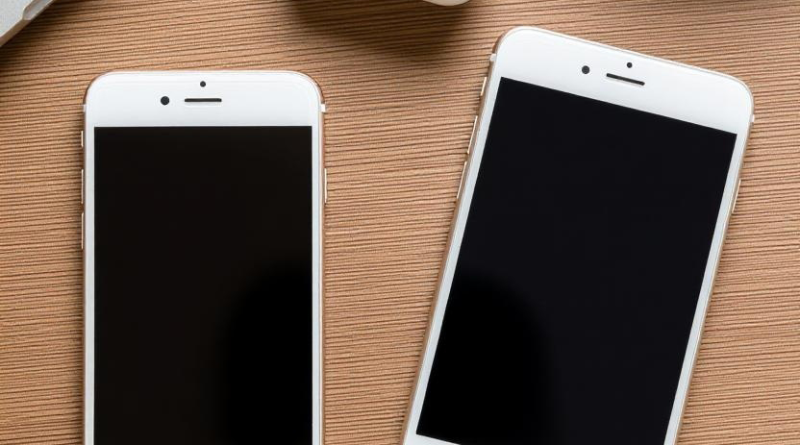October is Fire Prevention Month: Take note of the ubiquitous devices that power our world
They’re everywhere. Lithium-ion batteries live with us and power our devices. Every cordless device, the kids’ toys, power tools, tablets, head phones, laptops, smartphones, earbuds, is powered by one of these little marvels. They take us places on e-bikes and electric vehicles, as well as entertain us and enable us to work.
A family of four probably has well over a dozen devices powered by lithium-ion batteries in the home and more outside the home. It’s not surprising that some portion of those batteries would fail. The U.S.
Consumer Product Safety Commission reported over 25,000 overheating or fire incidents involving lithium-ion batteries across 400+ consumer products from 2013 to 2018. That number certainly does not tell us about all failures, however, since reporting is inconsistent.
What we do know is that lithium-ion batteries have been the primary cause of 18 percent of residential fires from 2009 to 2017, according to PGH Batteries. These fires are often linked to manufacturing defects, improper charging, physical damage, or poor disposal practices. We may be very familiar with them, but lithium-ion batteries at least deserve some caution with how we use them:
Avoid physical damage: Prevent puncturing, crushing, or bending batteries, as this can cause internal short circuits, leading to overheating, fire, or explosion.
Use proper chargers: Always use the manufacturer-recommended charger and cables. Incompatible or low-quality chargers can damage the battery.
Temperature control: Avoid exposing batteries to extreme heat (above 140°F) or cold (below -4°F). Store and use batteries in environments between 32°F to 95°F for optimal safety.
Prevent 0vercharging: Use devices with built-in battery management systems (BMS) to prevent overcharging or deep discharging, which can destabilize the battery. Unplug devices once fully charged.
Avoid water exposure: Keep batteries away from water or moisture, as it can cause short circuits or corrosion.
Proper storage: Store batteries at a partial charge (40–60 percent) in a cool, dry place. Avoid storing in direct sunlight or near flammable materials.
Inspect: If you see any bulging, swelling, or smell any unusual odors, properly discard the device immediately.
Proper disposal: Do not throw lithium-ion batteries in regular trash. Recycle them at designated facilities to prevent environmental harm and fire risks. Tape over battery terminals before disposal to avoid short circuits.
